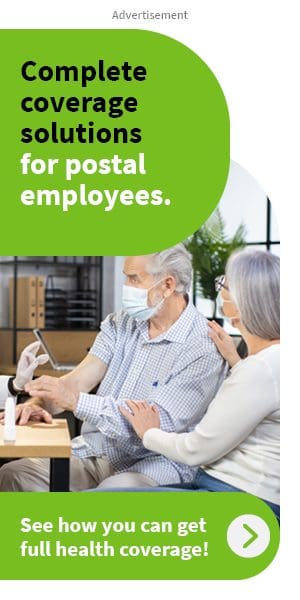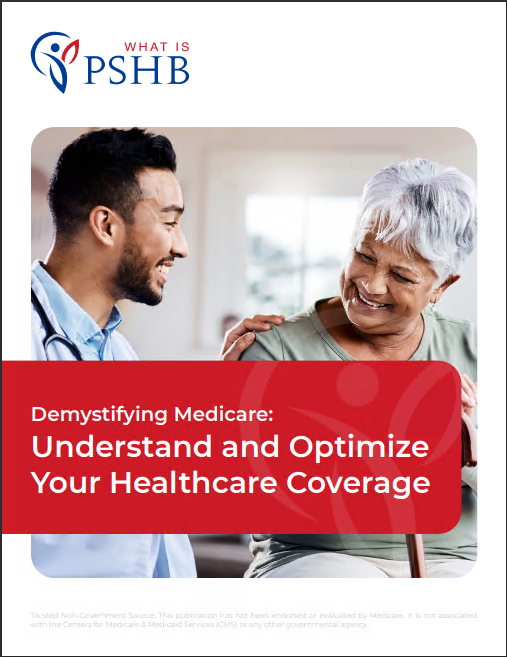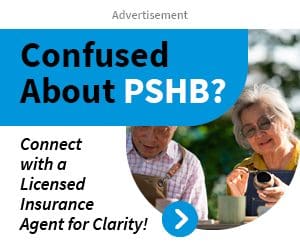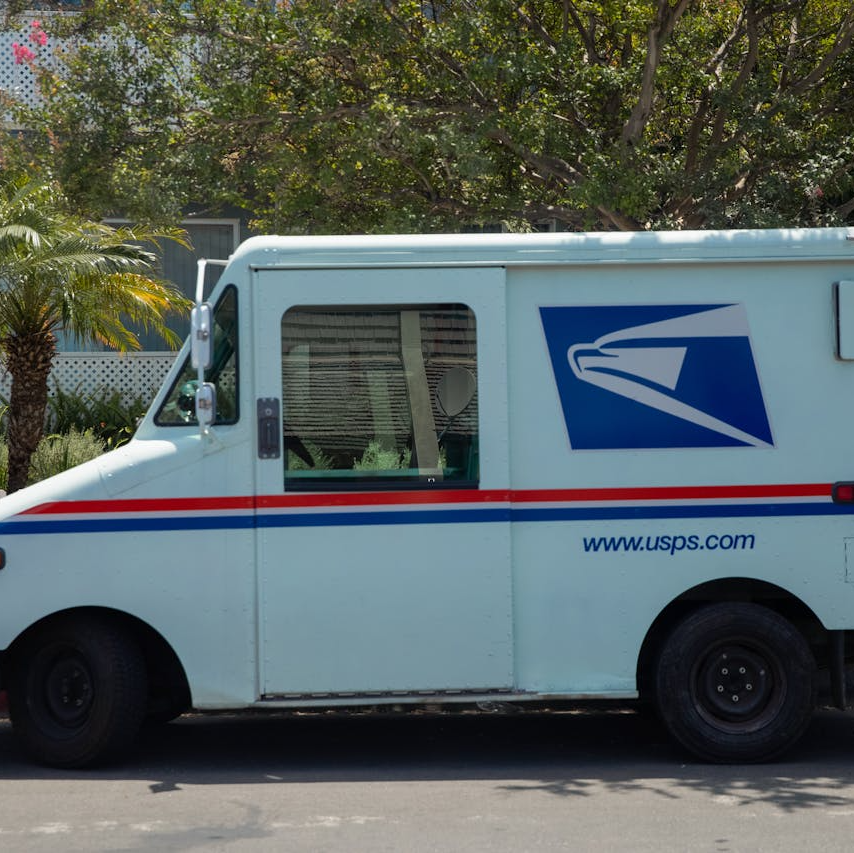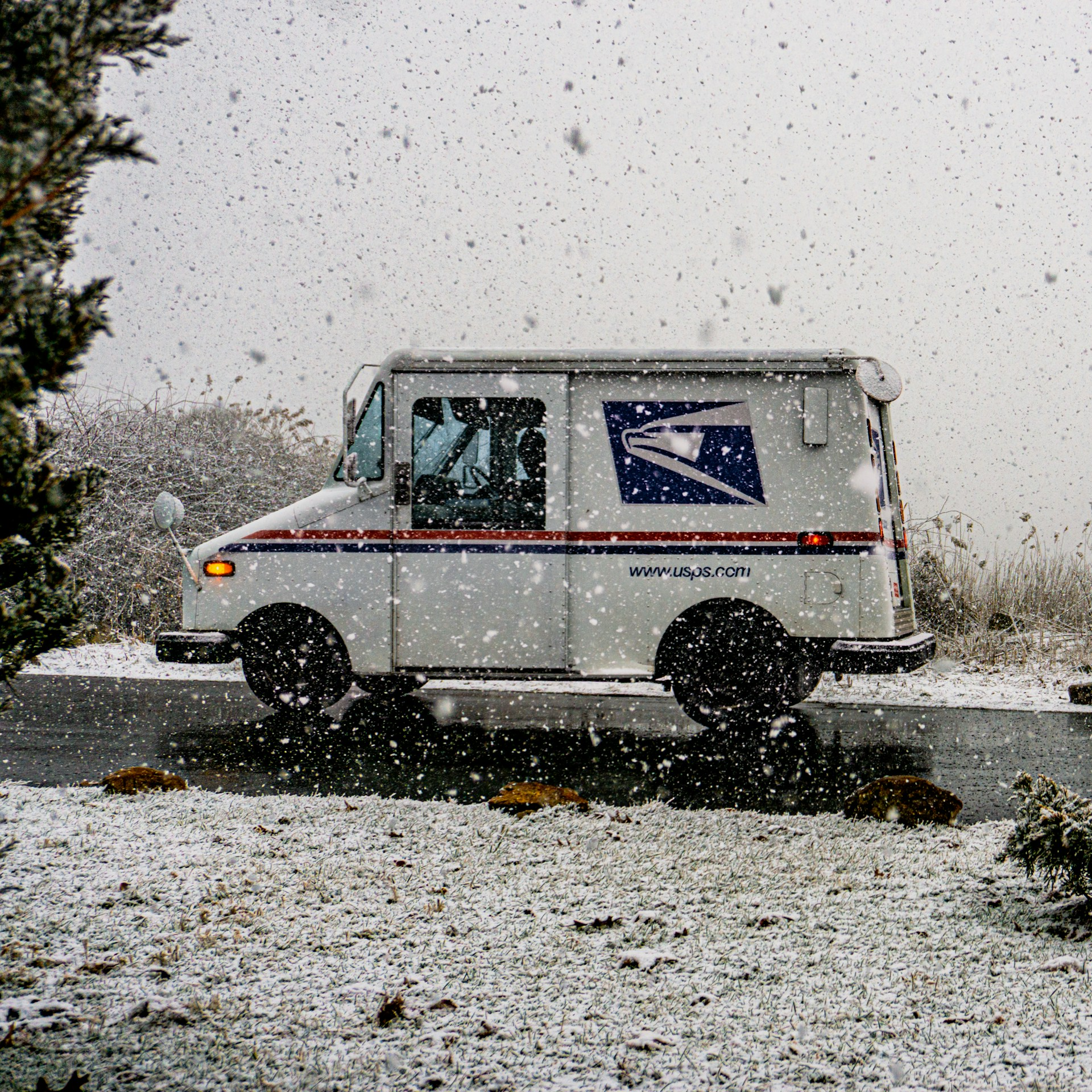Key Takeaways:
- The Postal Service Health Benefits (PSHB) Program introduces new health coverage changes for postal workers, offering different options from traditional plans.
- Postal workers must understand how the PSHB Program affects their current benefits and upcoming enrollment processes.
Big Shakeup in Health Coverage for Postal Workers: What You Need to Know About the New PSHB Program
A significant shift is happening for postal workers across the United States. With the introduction of the Postal Service Health Benefits (PSHB) Program, health coverage for this group will change drastically. If you’re a postal worker or a retiree covered under the Federal Employees Health Benefits (FEHB) Program, understanding how this shift will affect your coverage is critical. The transition may seem overwhelming, but with the right information, postal workers can navigate these changes smoothly and ensure their health needs continue to be met.
What is the PSHB Program?
The Postal Service Health Benefits (PSHB) Program is a new initiative designed to offer postal employees and retirees health insurance options distinct from the Federal Employees Health Benefits (FEHB) Program. Starting in 2025, postal employees, retirees, and their eligible family members will have to transition to PSHB plans instead of the traditional FEHB plans they may be familiar with.
The PSHB was created under the Postal Service Reform Act of 2022, an effort to provide a more sustainable and financially manageable approach to offering health benefits. The change is also aimed at keeping costs manageable for both the government and postal workers, while still maintaining access to quality healthcare. This new health benefits program will function similarly to FEHB but will be exclusive to the postal service community.
How Does the PSHB Differ from FEHB?
At first glance, the PSHB may look similar to FEHB, since it provides health insurance coverage options to postal workers, retirees, and their families. However, the main difference lies in the exclusivity of the PSHB Program. While FEHB covers a wide range of federal employees across different agencies, PSHB is specifically designed for postal workers and their dependents.
Additionally, the PSHB program is expected to offer a range of plan choices similar to those under FEHB, but there will be key variations. These could include plan structures, benefits management, and enrollment processes tailored for postal workers’ unique needs. Another major difference will be the requirement for most postal retirees to enroll in Medicare Part B as part of the PSHB enrollment process.
Understanding Medicare Integration
One of the most critical aspects of the PSHB Program is its integration with Medicare, particularly for postal retirees. Retirees who are eligible for Medicare Part A and Part B will need to enroll in both to participate in the PSHB. This integration helps streamline coverage, ensuring retirees get comprehensive care while also managing costs for the Postal Service.
Medicare enrollment is mandatory for most postal retirees under the PSHB program. This means that if you’re nearing retirement or already retired, it’s essential to understand how Medicare works and what it covers. Enrolling in both Medicare Part A (which covers hospital services) and Part B (which covers doctor visits and outpatient care) will be necessary. Failure to enroll in Medicare when eligible may result in higher out-of-pocket costs and penalties, so early action is crucial.
What Happens if You Are Already Retired?
For those who are already retired and enrolled in FEHB, the switch to the PSHB program might feel a bit daunting. However, the Postal Service has implemented a transition period to make this shift smoother. Retirees will be notified well in advance of what they need to do, and there will be a clear process for making the transition.
Most retirees currently receiving health benefits under FEHB will need to transition to the new PSHB plans, and they will be required to enroll in Medicare Part B if they have not done so yet. The government has included measures to reduce the impact of this requirement by covering some of the out-of-pocket expenses that Medicare Part B could impose on retirees, but it’s important to read through the fine print of the program’s details to fully understand the implications.
Key Dates and Enrollment Information
The timeline for the rollout of the PSHB Program is crucial. Full implementation is expected by January 2025. Postal employees and retirees will have the opportunity to enroll in PSHB plans during a specific open enrollment period, which typically happens in the fall.
Before this enrollment period, employees and retirees will receive detailed information outlining the plans available under the PSHB Program, including the benefits, network providers, and any requirements specific to Medicare Part B. The government has emphasized the importance of planning early and understanding your health coverage options ahead of the transition to avoid any coverage gaps.
Preparing for Enrollment
It is critical for postal workers and retirees to begin preparing now for the upcoming changes. Here are a few practical steps to take before the transition to PSHB begins:
-
Review Your Current Benefits: Take time to review your current FEHB benefits, as this will give you a better idea of what to look for in the PSHB plans. You may want to evaluate how your needs have changed over the years and what specific coverage is important to you.
-
Stay Informed About Medicare: If you are nearing retirement, make sure to familiarize yourself with Medicare. Understanding the differences between Medicare Part A, Part B, and other parts of the program will help you make informed decisions during the enrollment process.
-
Seek Guidance Early: Connect with a licensed insurance agent who specializes in federal employee health benefits to help you understand how the PSHB program works. Licensed professionals can provide valuable insights on your options and guide you through the enrollment process.
-
Keep Track of Key Dates: Stay updated on the official rollout timeline of the PSHB program. Mark down important dates, such as the open enrollment period, so you don’t miss the opportunity to choose the best plan for your needs.
The Impact on Postal Retirees
One of the biggest questions surrounding the PSHB Program is how it will affect retirees who may already be managing complex health needs. For retirees, the requirement to enroll in Medicare Part B will bring significant changes. For many, this will mean added costs and decisions about how Medicare and PSHB coverage will work together.
However, this integration is designed to offer better protection in the long run. By combining the benefits of Medicare and PSHB, retirees may find they have more comprehensive coverage, reducing the likelihood of paying large sums for medical bills. Nonetheless, retirees must understand the new requirements and deadlines to avoid penalties.
How to Make a Smooth Transition
Whether you’re actively working or retired, navigating this transition successfully will require being proactive. Here’s what you can do to ensure you’re prepared for the change:
-
Talk to HR or Benefits Representatives: Postal employees should connect with their human resources departments or benefits representatives to clarify any questions about the transition to PSHB. They can provide detailed information tailored to your specific situation.
-
Budget for Potential Costs: If you’re a retiree who hasn’t yet enrolled in Medicare Part B, you will need to budget for these additional expenses. While PSHB may help cover some costs, understanding the financial commitment will help prevent any surprises.
-
Attend Webinars and Information Sessions: Keep an eye out for informational sessions hosted by the Postal Service or health benefits providers. These sessions will likely cover the nuances of the new program and provide tips on how to prepare for the transition.
Looking Ahead: Staying Covered Under PSHB
As the Postal Service transitions to the PSHB Program, postal employees and retirees alike need to stay informed and proactive. This new program represents a significant change in the way health benefits are managed, but with the right preparation and a thorough understanding of the new requirements, postal workers and retirees can make the transition smoothly. Be sure to stay up to date with official communications from the Postal Service and begin preparing for the open enrollment period.
Contact Information:
Email: [email protected]
Phone: 9565558901


